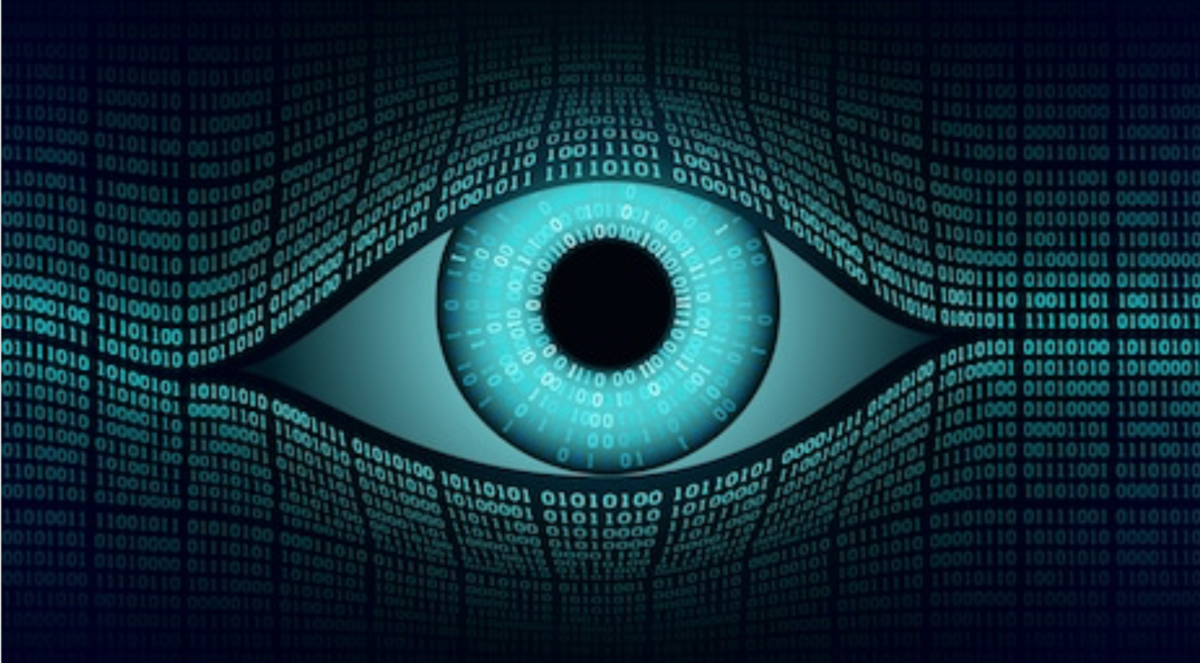Sentiment Analysis (SA) extracts subjective information from written words, and helps businesses understand the sentiment of a product, brand or service (Towardsdatascience). While monitoring online conversations, like tweets, emails, reviews and responses, it categorized the message whether the underlying sentiment is negative, neutral or positive. (Monkeylearn.com). As 80 per cent of the data is unstructured (IBM), SA is a great tool to get insights into real-time consumer satisfaction levels. With recent advances in artificial intelligence and deep learning the quality has significantly improved, and computers are now able to analyse millions of conversations with human accuracy.
Initially, SA was used to monitor consumers responses to new products or to anticipate on complaints or consumers dissatisfactions. However, sentiment analysis has since been used in a wider array of applications. During the presidential elections of 2016, researchers using SA found that Trump was mentioned in tweets almost twice as often as Clinton and that he had a better positive to negative ratio than his opponent, indicating an unexpected win for the current U.S. president (Towardsdatascience). Also, McKinsey helped the Brazilian government, which faced decreasing satisfaction levels of its public services despite increased federal spending (McKinsey). Using SA, McKinsey detected urgent needs and gave them top priority of solving them first; a safer bus system topped the list. The research enabled the Brazilian government to significantly improve the effectivity of its spending (McKinsey).
It has been found that the same algorithms can easily be adjusted for internal business purposes (Harvard Business Review). By algorithmically examining the language people use when communicating about work, SA can reveal which programs, people or projects require immediate intervention or oversight. For example, it can identify which employees are likely to leave and anticipate on this by taking measurements to retain them (Harvard Business Review). SA is capable of identifying fraud, theft or misappropriate decision-making by measuring the engagement of teams and the emotionally under- or overreaction to bad news (Harvard Business Review). But SA also prevents negative outcomes from happening at all, by shifting deadlines that negatively impact team morale and by adding psychological strong employees to teams that need it.
Eventually, employees will get used to organizations tracking their morale and using it to keep teams and projects on track. It may be evident that organizations can profit from SA in many ways, but time will tell if employees tolerate that Big Brother is watching them.
References
IBM (2016), Retrieved from: https://www.ibm.com/blogs/watson/2016/05/biggest-data-challenges-might-not-even-know/
Moneylearn (2019), Retrieved from: https://monkeylearn.com/sentiment-analysis/
McKinsey (2017), Retrieved from: (https://www.mckinsey.com/~/media/mckinsey/industries/capital%20projects%20and%20infrastructure/our%20insights/voices%20on%20infrastructure%20turning%20the%20smart%20city%20opportunity%20into%20reality/voices-december-2017-web.ashx
Towardsdatascience (2018), retrieved from: https://towardsdatascience.com/sentiment-analysis-concept-analysis-and-applications-6c94d6f58c17
IBM (2016), Retrieved from: https://www.ibm.com/blogs/watson/2016/05/biggest-data-challenges-might-not-even-know/
Moneylearn (2019), Retrieved from: https://monkeylearn.com/sentiment-analysis/
McKinsey (2017), Retrieved from: (https://www.mckinsey.com/~/media/mckinsey/industries/capital%20projects%20and%20infrastructure/our%20insights/voices%20on%20infrastructure%20turning%20the%20smart%20city%20opportunity%20into%20reality/voices-december-2017-web.ashx
Towardsdatascience (2018), retrieved from: https://towardsdatascience.com/sentiment-analysis-concept-analysis-and-applications-6c94d6f58c17


Interesting topic, about which I think we should draw the following distinction. In the case of sentiment analysis about politicians based, data is aggregrated and sentiments of groups of people are analyzed. I do not foresee any Big Brother worries about this as long as the data is handled according to GDPR procedures.
As a company to analyze the sentiments of your employees based on their emails on an individual level however, that is going to be trouble. First of all, employees will not like it. Second of all, companies cannot just do this since the GDPR came into place. There are different grounds on which companies may process personal data. In the case of employees, organizations are allowed to process their data because of the employment contract an employee has. However, the organization can only process employee data in order to fulfil the organization’s terms of the contract (so in terms of paying salary etc). Watching an employee’s sentiments is not part of the contract between an employer and an employee. Unless this will be included in the future, which I do not find likely as employees will not want that, sentiments of employees wil likely not be studied on an individual level.
Companies could of course always opt for studying employee sentiment per business unit of employee level. I think that would also be insightful!
Hi Florian,
Interesting article! I think that it could be very useful for companies to have insight into real-time consumer satisfaction levels by SA, as that they can use this to improve their way of working in business. I heard from a friend who works at a call centre that they use sentiment analysis for monitoring call centers and the customer support performance. The sentiment analysis gives real-time crucial feedback to agents and representatives, which allows them to respond correctly to the impact of the outcome of the communication with the client (Calabrio n.d.).
But don’t you think that language (style) can be a challenge for this technology? It is easy for us as humans to indicate if someone speaks in a sarcastic manner or not, but this could be misinterpreted by an algorithm. What are other challenges in your opinion for the sentiment analysis?
References:
Calabrio (n.d.). A guide to call center analysis [online] Retrieved from:
https://www.calabrio.com/wfo/customer-interaction-analytics/call-center-sentiment-analysis/